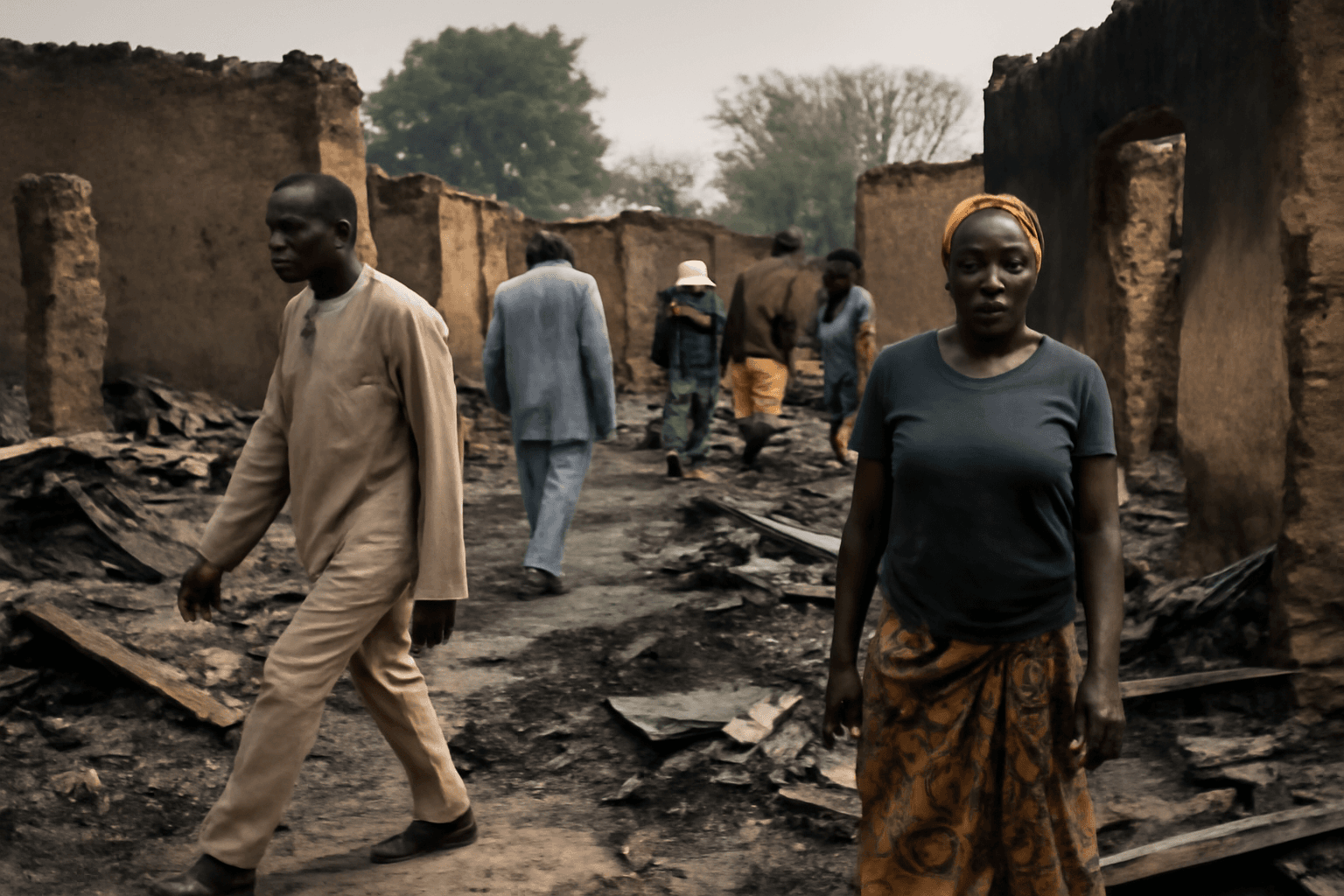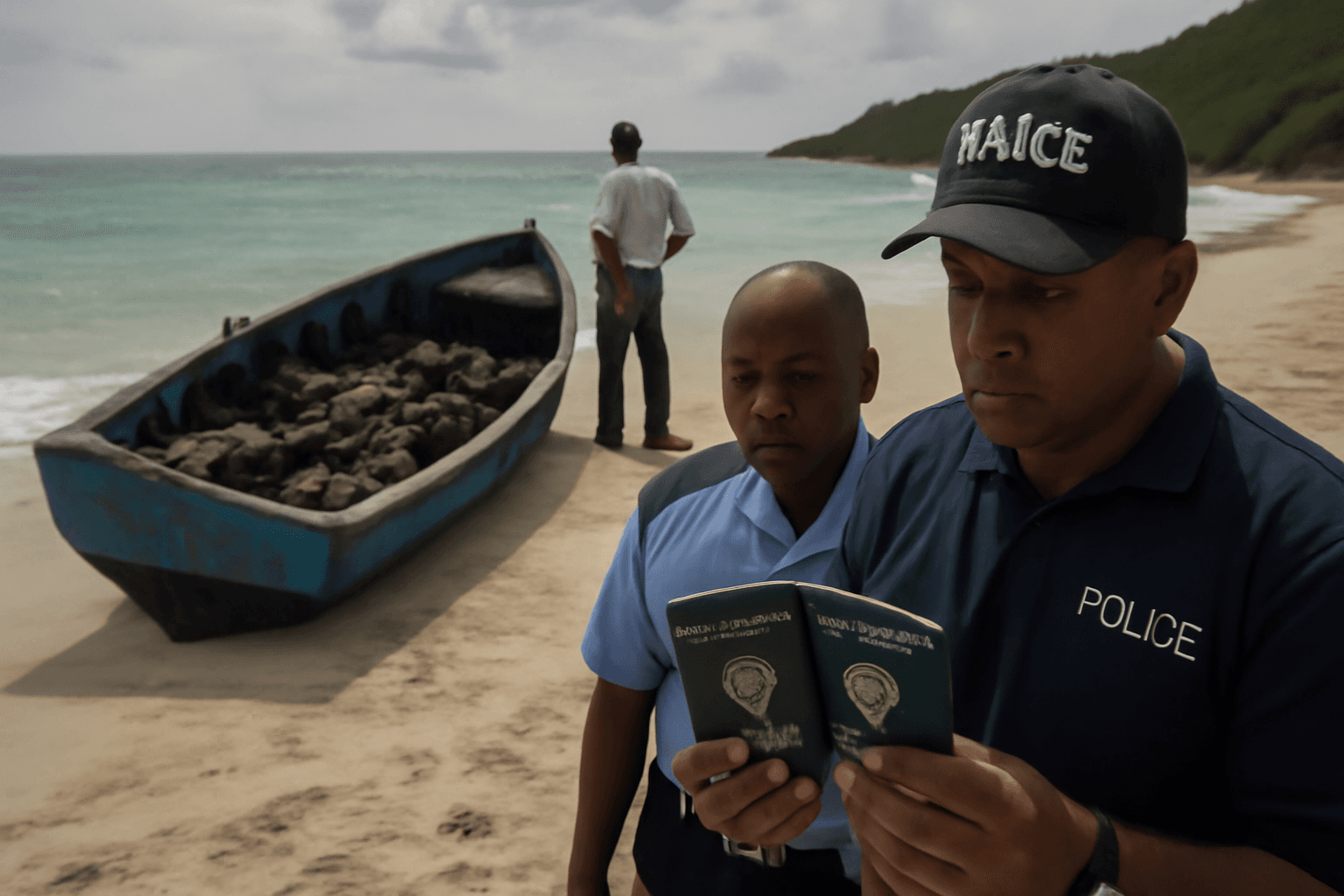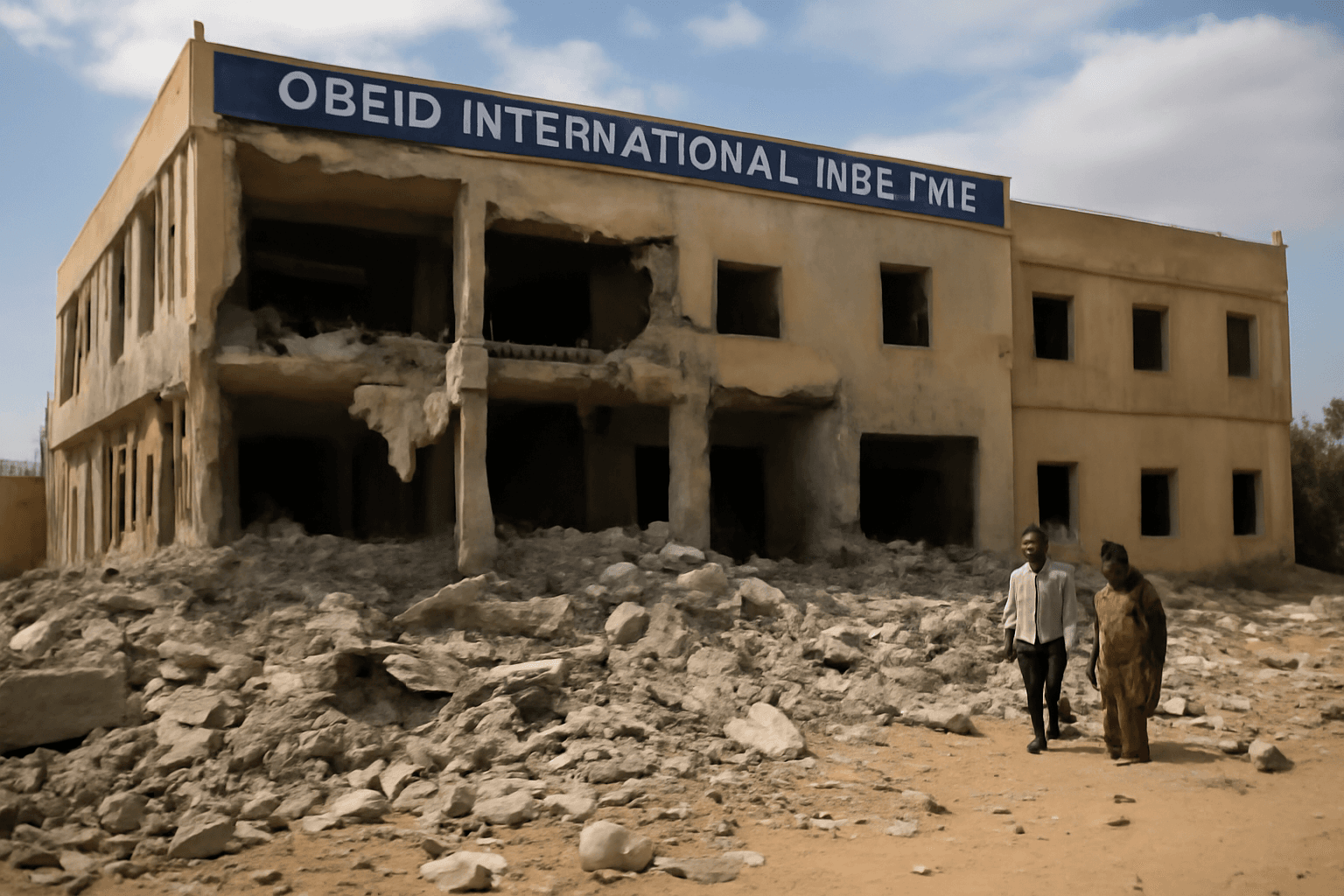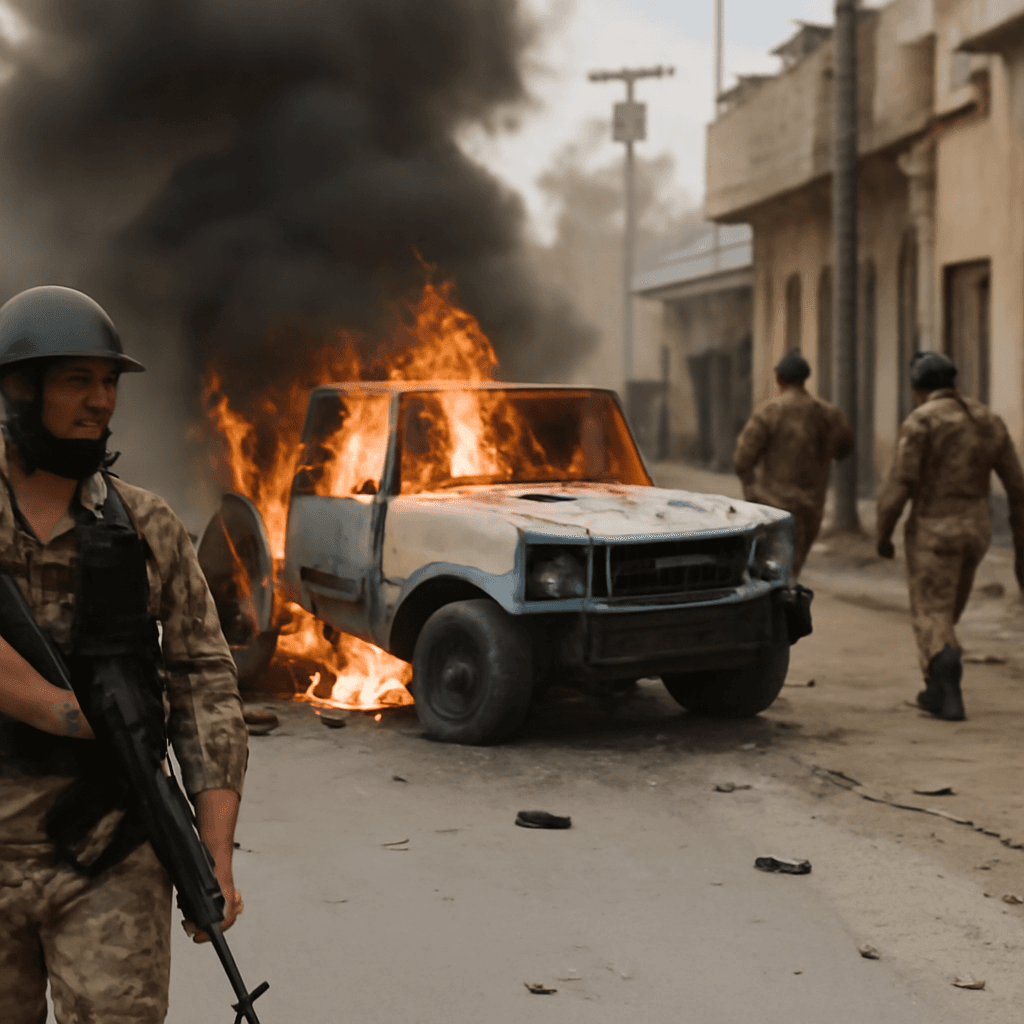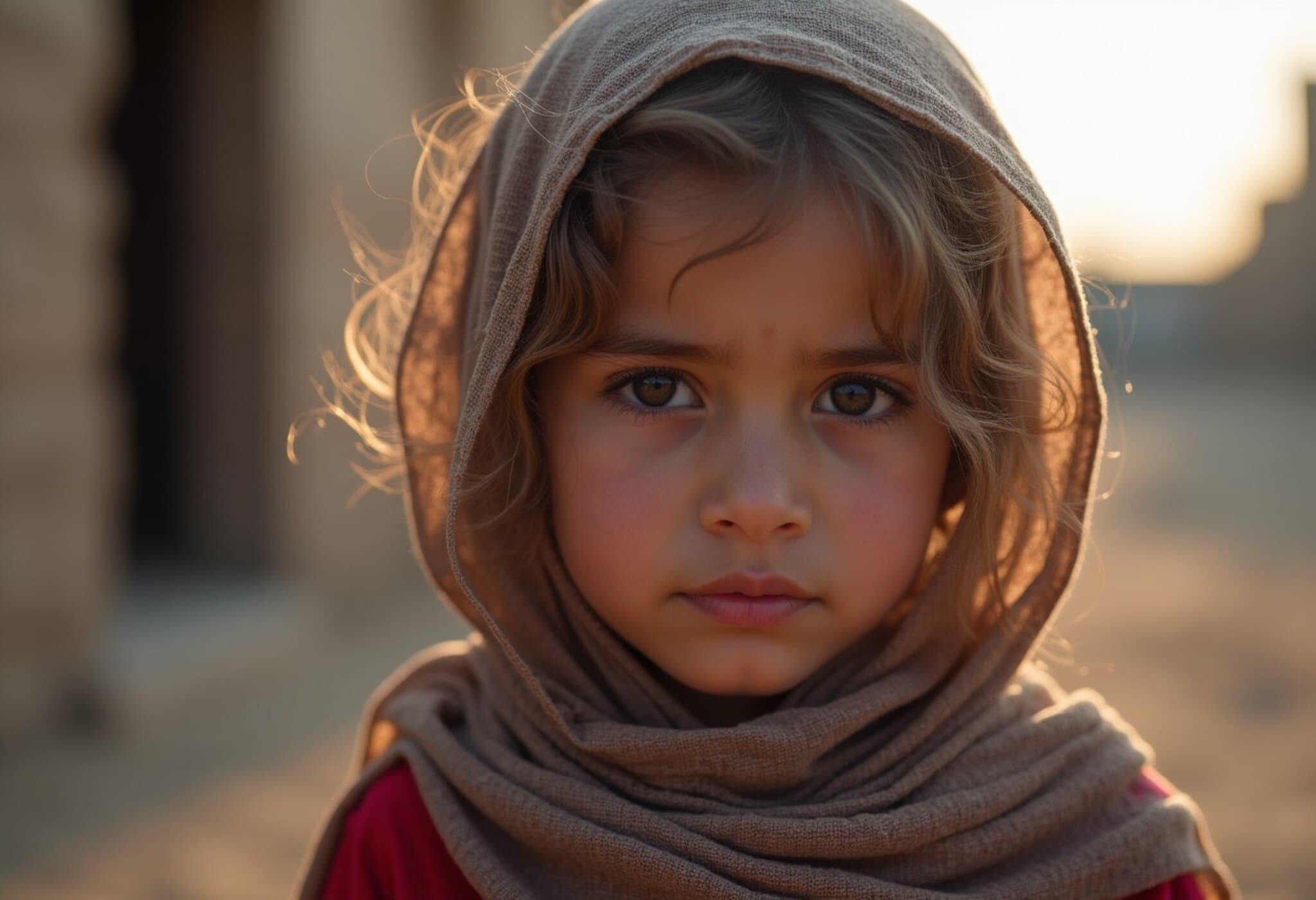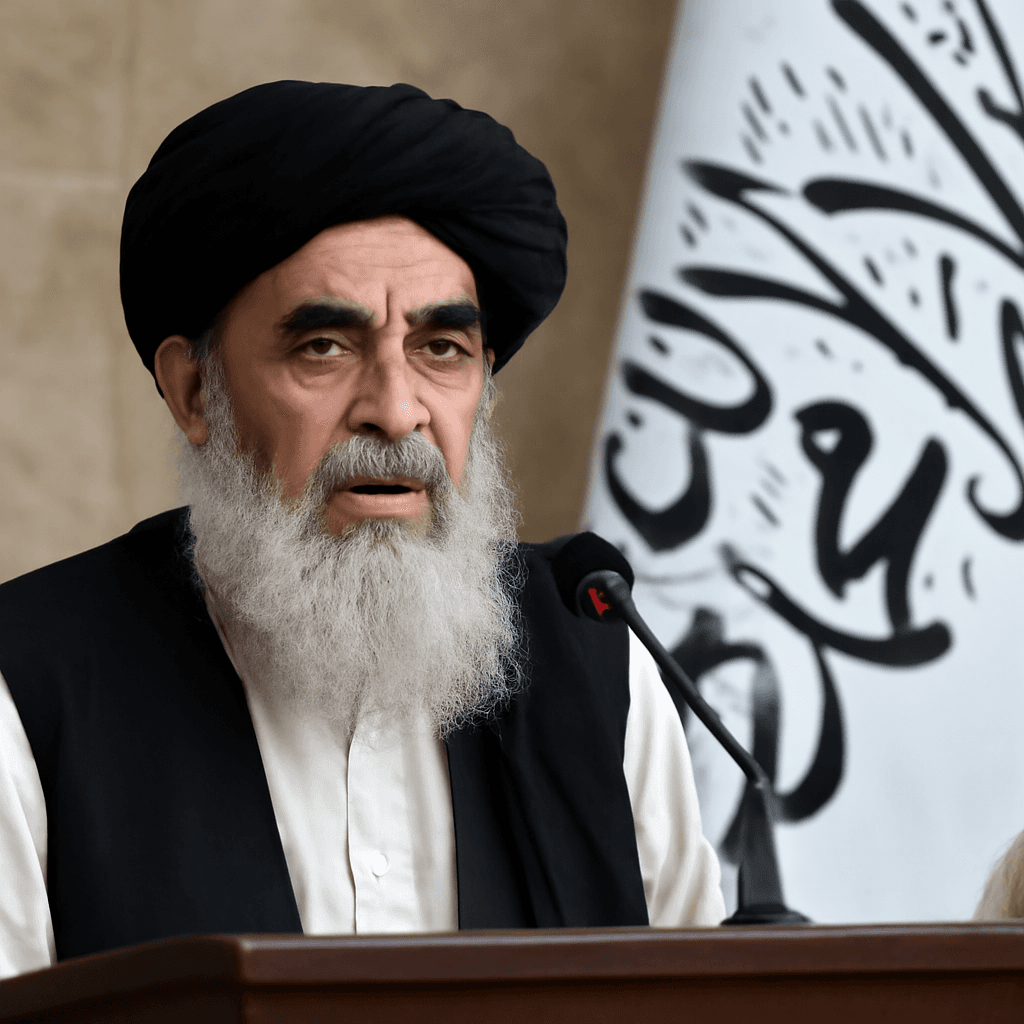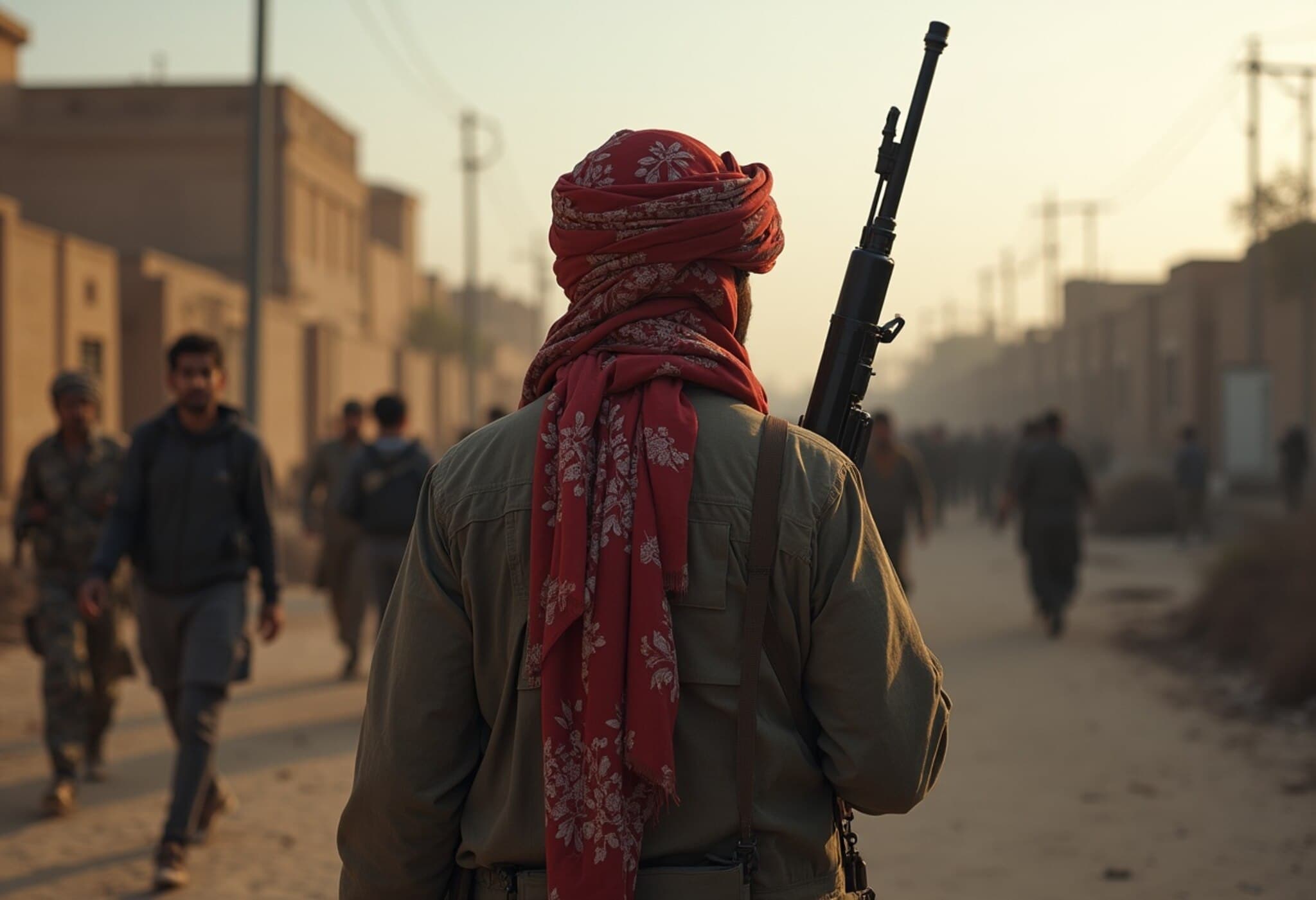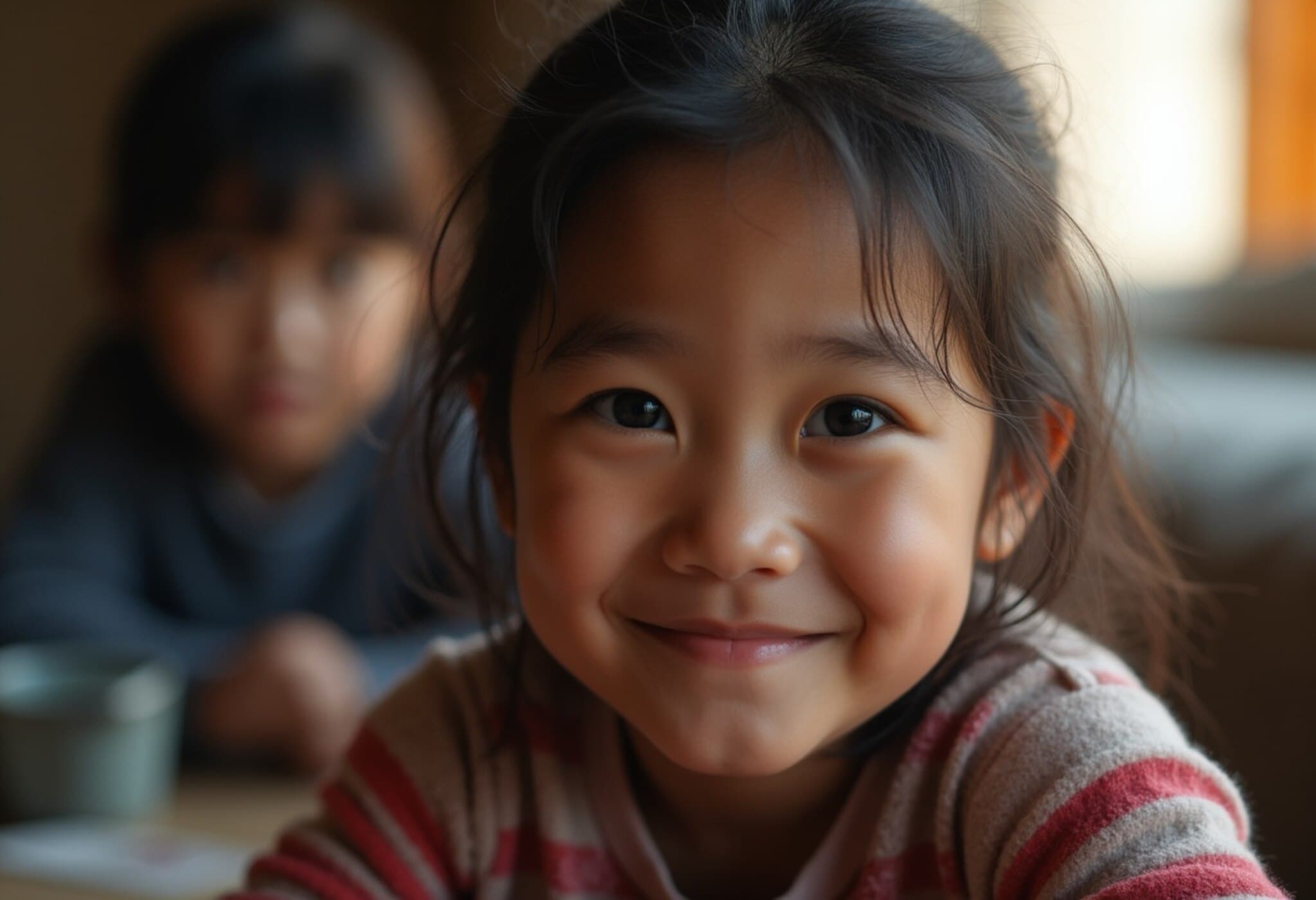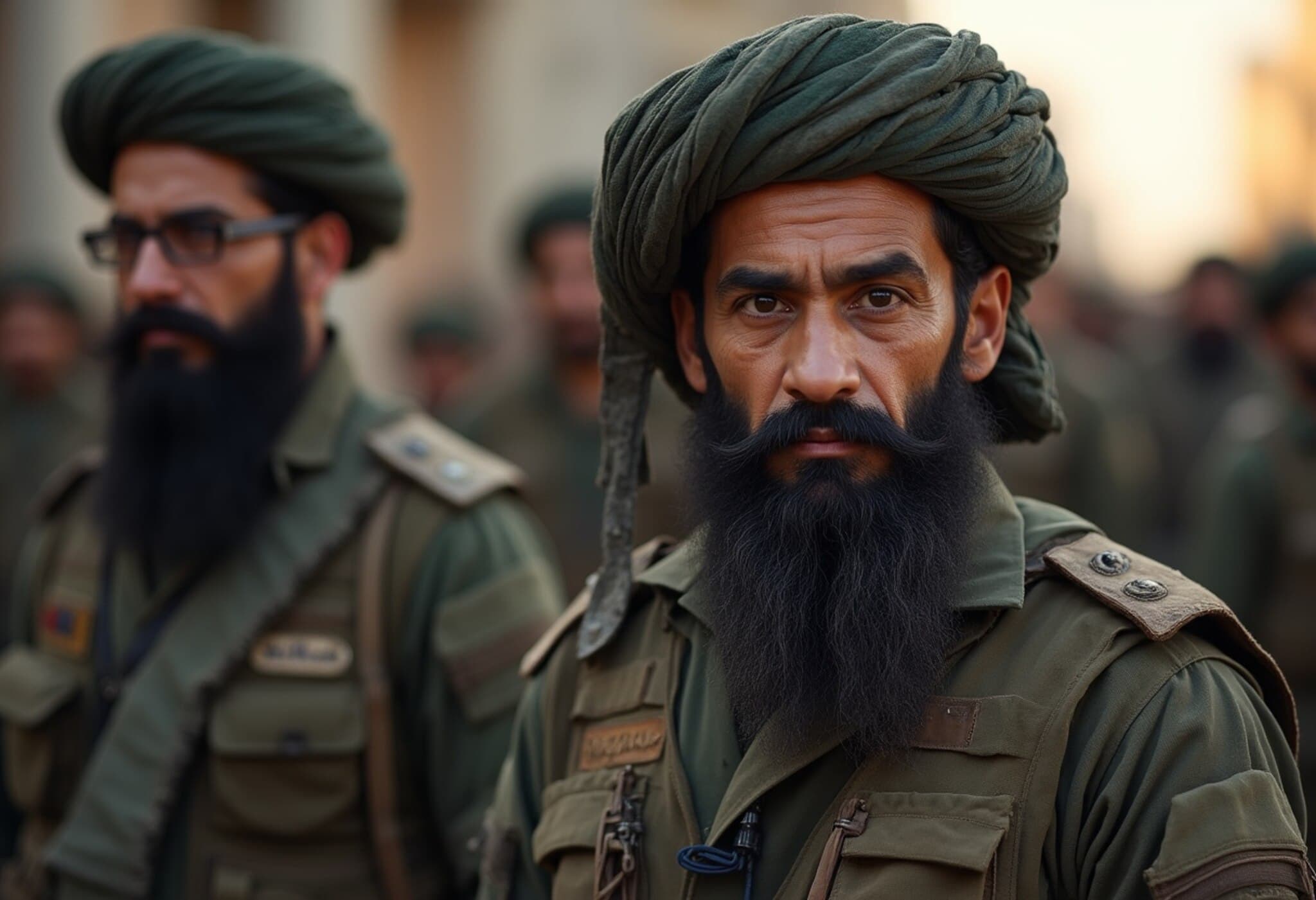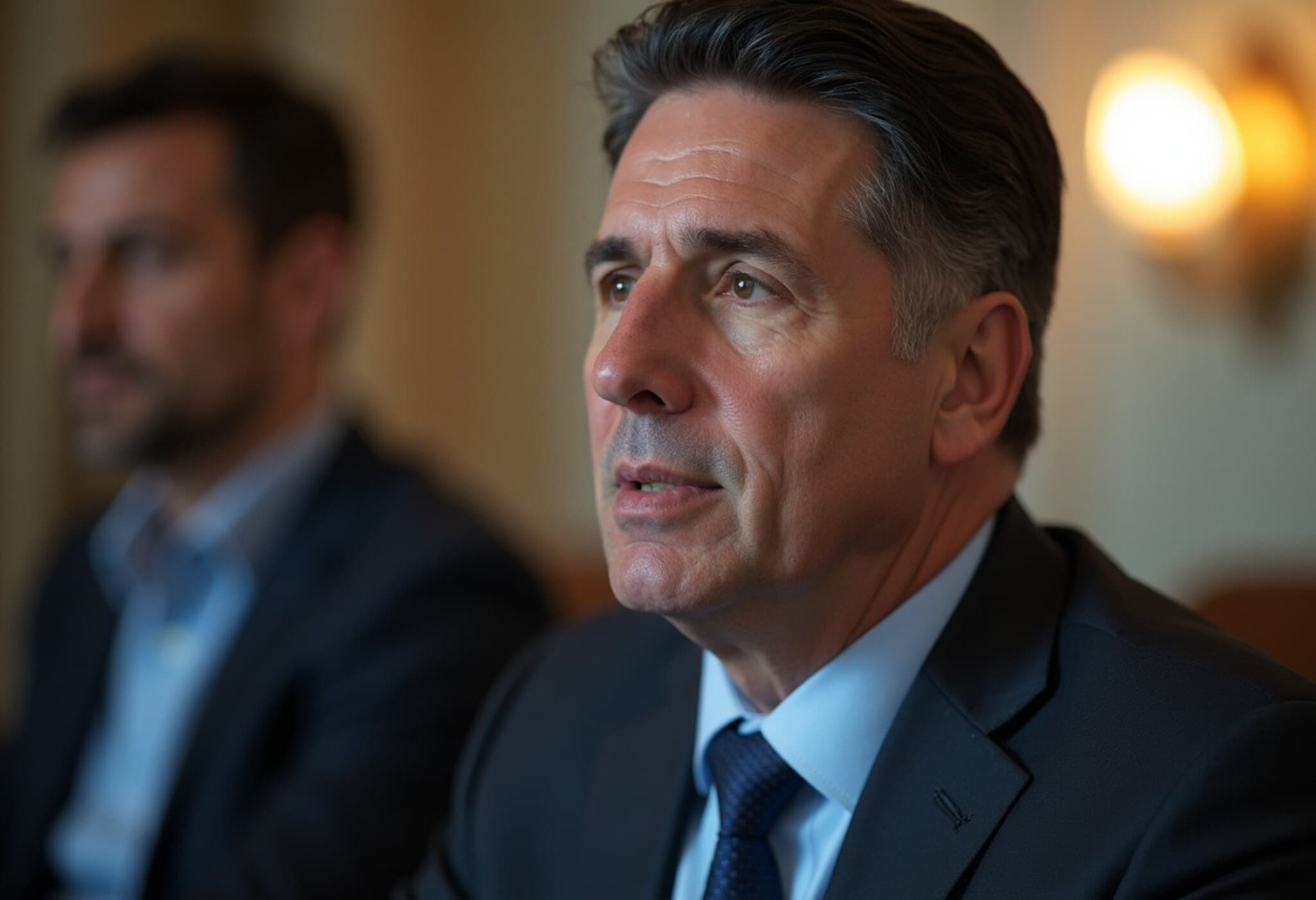Afghanistan's Child Marriage Crisis Deepens Under Taliban Rule
In a heartbreaking incident emblematic of a wider crisis, a 6-year-old girl in Afghanistan’s Helmand province was forcibly married to a 45-year-old man—highlighting the alarming escalation of child marriages under Taliban governance. The US-based outlet Amu.tv revealed that while the Taliban expressed being "horrified" by the union, they ultimately forbade the man from taking the child home until she reached nine years old.
The Incident and Its Immediate Aftermath
The wedding ceremony took place in Marjah district, where the girl's father and groom were arrested yet remain uncharged—a reflection of the deep-rooted cultural and legal complexities enfolding such cases. The groom already has two wives, and the transaction involved a financial settlement paid to the girl’s family, underscoring the commodification of young girls in impoverished Afghan communities.
Child Marriage Surge Since Taliban's Return
Child marriage in Afghanistan has long been a critical issue, but since the Taliban's return to power in 2021, this practice has intensified significantly. Restrictions imposed on female education and employment have pushed families toward child marriage as a desperate economic strategy. UN Women reported a 25% increase in child marriages alongside a 45% rise in childbearing among minors nationwide last year. UNICEF consistently ranks Afghanistan among countries with the highest rates of child brides globally.
Legal Void and Religious Interpretations Perpetuate Harm
Afghanistan currently lacks a codified legal minimum age for marriage. The Taliban have suspended the previous civil code, which set 16 as the minimum age for girls, opting instead for religious interpretations under the Hanafi school that permit marriage upon reaching puberty. This gap leaves millions of girls vulnerable to exploitation and lifelong trauma.
- Walwar: The bride price paid to families treating girls as tradable assets, often based on superficial attributes.
- Baad: A brutal tradition where girls are exchanged to resolve blood feuds, effectively becoming bargaining chips and enduring cycles of abuse.
These cultural practices reflect a grim reality where girls are stripped of autonomy and subjected to lifelong control and vulnerability.
Women's Rights Under Siege
The ban on female education beyond primary levels, coupled with restrictions on employment, public presence, and mobility, are part of a systemic disenfranchisement of women and girls. The Taliban’s justification that a woman 'loses her value' if her face is seen by unrelated men illustrates the deep-seated misogyny driving these policies.
International Accountability and the Road Ahead
The International Criminal Court (ICC) has issued arrest warrants against senior Taliban figures, including Supreme Leader Hibatullah Akhundzada and Chief Justice Abdul Hakim Haqqani, for crimes against humanity related to the persecution of women and girls. However, the Taliban reject the ICC’s authority, calling it an affront to Muslim beliefs.
Such external pressures highlight the tension between global human rights norms and local governance under the Taliban, leaving vulnerable populations in a precarious position.
Voices from the Ground
Mahbob, a community activist, described the desperation faced by families in rural villages selling their daughters to survive, "No one helps them. People are desperate." Similarly, Amiri, a mother from Uruzgan, recounted marrying off her 14-year-old daughter to a 27-year-old for 300,000 Afghanis, a heart-wrenching choice made under duress.
Expanding the Lens: What This Means for Afghanistan and Beyond
The worsening child marriage crisis in Afghanistan underlines how restrictions on women's education and economic participation cascade into broader societal harms. Experts emphasize that child marriage is not just a cultural issue but a rights violation with profound public health and economic implications.
In the U.S. and other democracies, this serves as a stark reminder of how fragile gains in women's rights can be when authoritarian regimes take hold. It also challenges policymakers to consider more robust international mechanisms to protect vulnerable populations.
What’s Often Overlooked?
- The psychological trauma children endure as a result of forced, early marriages and lifelong consequences beyond physical health.
- The role of economic despair driving families to make impossible choices, signaling the need for humanitarian aid paired with rights-based interventions.
- The gendered nature of international justice and how global responses often fail to account for grassroots realities.
Editor’s Note
This distressing episode sheds light on a broader, systemic crisis facing Afghan girls today. Beyond the tragic specifics, it compels a deeper reflection on the intersections of culture, law, economy, and international policy. For meaningful change, solutions must be multifaceted—strengthening legal protections, providing economic alternatives for families, supporting education access, and ensuring that voices from Afghan communities shape interventions.
As global citizens and readers, we must ask: How can the international community effectively uphold the rights of girls trapped in cycles of poverty and oppression? And how can Afghan women themselves be empowered to reclaim their futures amid daunting political realities?





